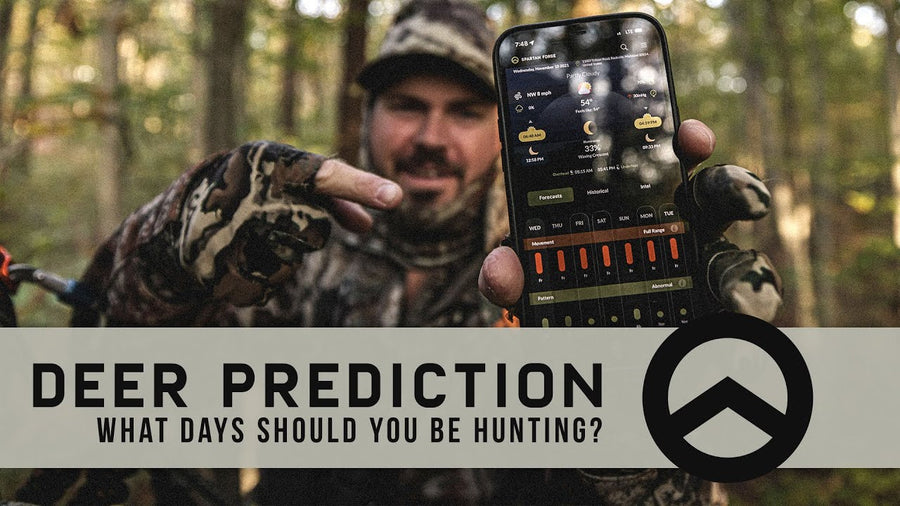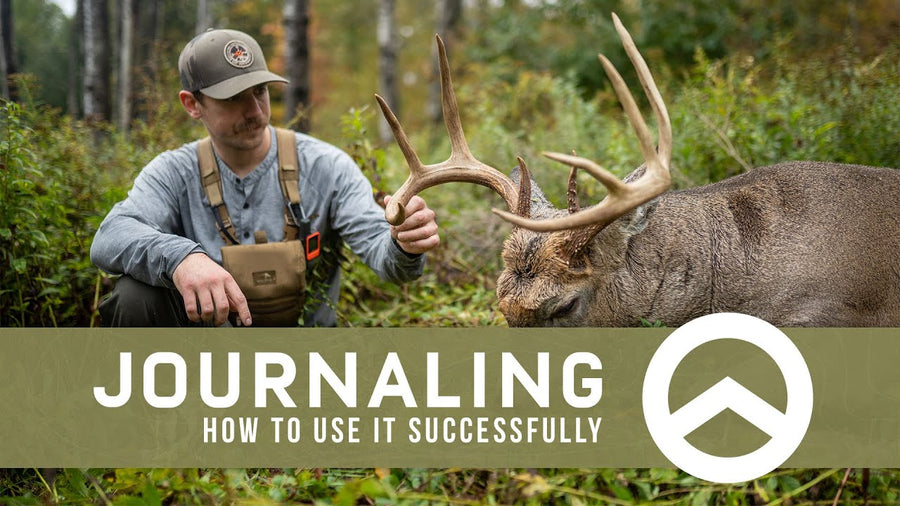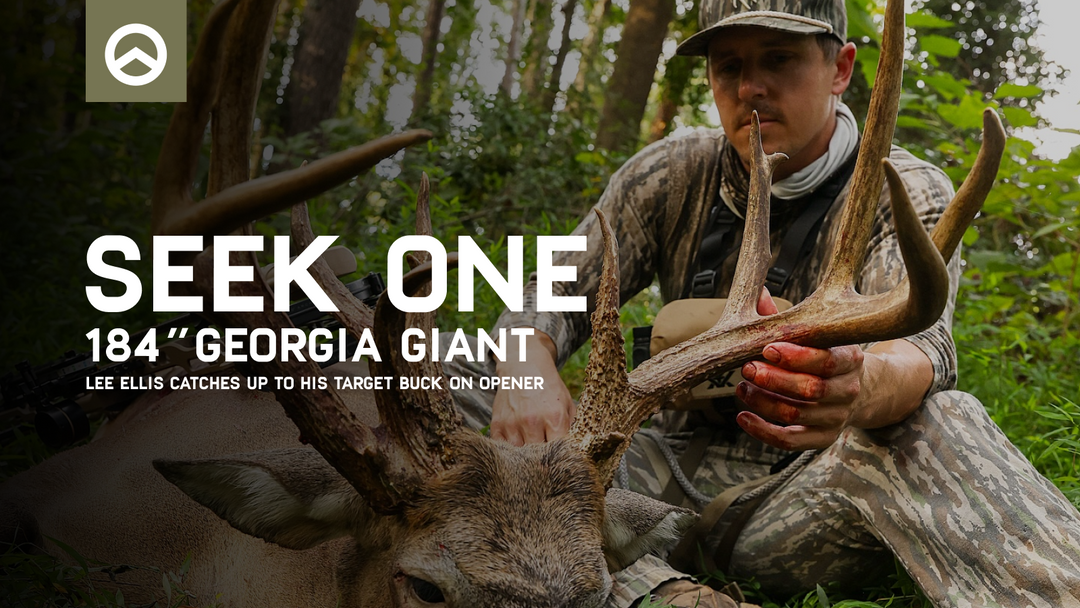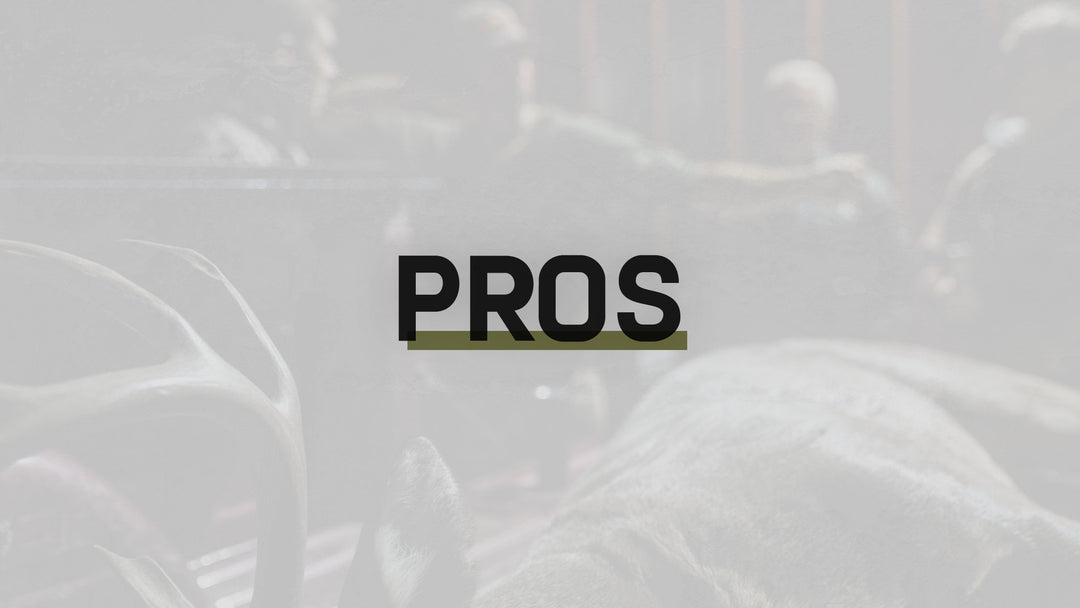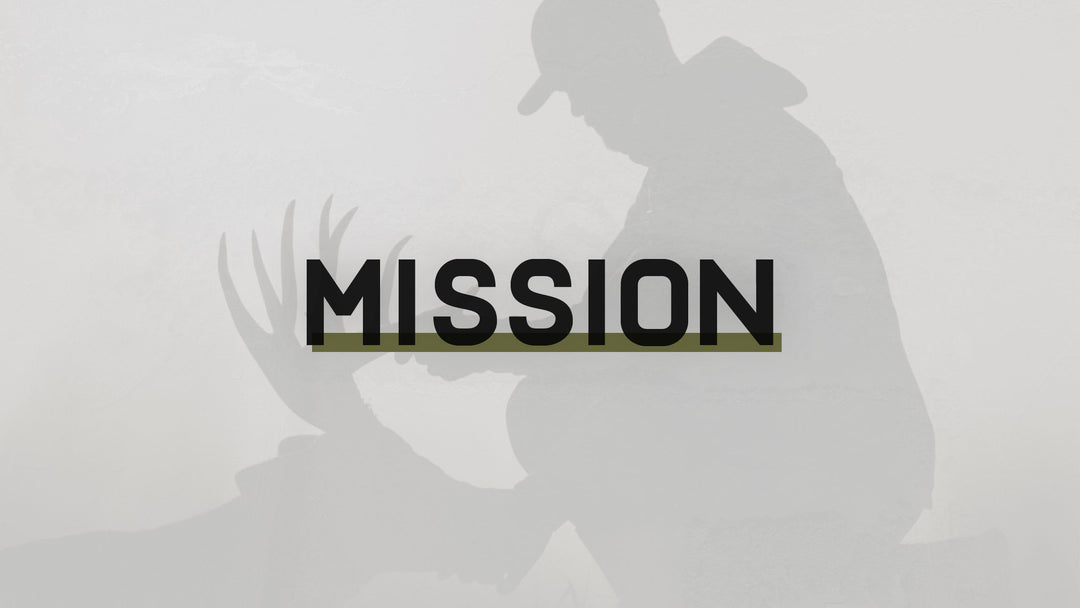PUBLIC LAND HUNTING OPPORTUNITIES AT RISK!

In August of 2021, the Department of Interior announced that the U.S. Fish and Wildlife Service opened or expanded hunting and sport fishing opportunities across 2.1 million acres within 88 National Wildlife Refuges and one National Fish Hatchery. The Biden Administration announced this, stating it was a part of their America the Beautiful initiative, a nationwide effort to conserve, connect and restore 30 percent of lands and waters by 2030. This sounds like a significant win for hunters and anglers, right? It was. It was shouted from the rooftops as the largest expansion of fishing and hunting on U.S. Fish and Wildlife managed lands and waters.
In November of 2021, the Center for Biological Diversity (CBD) filed suit over expanding hunting and fishing opportunities on the 2.1 million acres within the National Wildlife Refuge system. The animal-rights group alleges that hunting on refuges threatens endangered species of plants and wildlife mainly in part to the use of “toxic lead ammunition and tackle, increased traffic and noise and other risks associated with the massive expansion of sport hunting and fishing.”
The 1997 National Wildlife Refuge Improvement Act, pushed through Congress by the Sportsmen’s Alliance, ensured that hunting, fishing, and trapping would occur on any refuge where it is compatible. This law has opened up millions of acres to hunting, and every Presidential administration since has expanded opportunities within the system.
TOXIC LEAD ACCUSATION

Montana resident, Gunsmith and my brother, Kurt Martonik, weighed in on the issue.
“The argument of toxic lead ammunition threatening endangered species is very hollow and can only be applied to the birds that are found on the endangered species list. Even then, it is a feeble argument. While lead has been proven to be very toxic to birds when ingested, scientists and biologists have found this to have no impact on mammal populations. They have identified this as a problem around waterways where hunters use shotguns to target waterfowl. As a result of this study, waterfowl hunters have been required to use the non-toxic shot for over 30 years in the United States,” says Kurt.
The Center of Biological Diversity is ignorant of the laws already in place by the Fish and Wildlife service.

The Lawsuit states:
“Though whooping cranes rely on the Kirwin National Wildlife Refuge in Kansas, Patoka National Wildlife Refuge in Indiana and Lacreek National Wildlife Refuge in South Dakota, the Service has expanded use of lead ammunition or lead tackle in each refuge while failing to consider the risk of lead toxicity to the rare birds. Lead ammunition and tackle can poison endangered animals like whooping cranes that ingest lead when feeding in fields and waterways.”
The statement that they have “expanded the use of lead ammunition” is false! All three NWRs they listed prohibit it! Kirwin NWR requires lead-free ammunition in shotguns and does not allow the use of rifles. Patoka NWR prohibits the possession or use of toxic ammunition while hunting waterfowl, migratory birds, and big game. Lacreek NWR specifically prohibits the possession of toxic ammunition while hunting any game animal.
GRIZZLIES FACING INCREASED RISK OF MISTAKEN IDENTITY
Let’s keep this going. “In addition to lead risks, the lawsuit explains that the Service ignored many other dangers facing endangered wildlife that live in areas open to hunting. Grizzly bears, for example, now face an increased risk of mistaken identity or self-defense shootings by hunters targeting black bears in grizzly territory in Montana’s Swan River National Wildlife Refuge.”
Grizzlies face an increased risk of mistaken identity. First, black Bear hunters in Montana must take an identification course before hunting. On top of the fact that you face potential jail time if you misidentified and kill a grizzly bear, this course shows that this sort of thing is not taken lightly. Next, the Swan River NWR is only 1,254 acres and only allows archery hunting for black bears. Meaning hunters are inevitably in close proximity with the bears making identification that much easier.
Do they have a point regarding increased self-defense shootings of grizzly bears? No. Once again, looking at the size of Swan Lake NWR, maybe there is an increase in the number of encounters, but that is not enough to have a real effect. In 2021, there were two fatal grizzly attacks in Montana. Both ended with the problem bear being found and killed. In the same year, there was one incident of hunters having to kill a bear in self-defense.
Kurt states, “three bears died in Montana last year due to human interaction, none at Swan Lake NWR. Only one was a result of self-defense. If you believe these three incidents affect the entire population of grizzlies in the United States, you need to do some research.”
CALL TO ACTION FOR ALL SPORTSMEN
As you can see, these accusations are far from the truth and make it difficult to see how or why they would even be considered in court. The fact that the Biden Administration and CBD are trying to settle should be concerning and alarming for hunters. A settlement would likely include restrictions or revocation of hunting opportunities in these areas, which would come at no chance for Sportsmen’s Alliance, other conservation organizations, and hunters to have a say in it.
American sportsmen need to speak up and let our voices be heard to have the ability to save these hunting opportunities. We cannot let this continue, and our best way is to contact our U.S. Congressmen and U.S. Senators to oppose these negotiations.
Speak up immediately! You can contact your senators and representatives directly or use the Sportsmen’s Alliance Legislative Action Center.

Article by Beau Martonik
Sources and to Learn More:
Kirwin NWR Hunting Regulations: https://www.fws.gov/uploadedFiles/Kerwin_National_Wildlife_Refuge_Hunting_and_Fishing_Regulations_508.pdf
Patoka NWR Hunting Regulations:
https://www.fws.gov/uploadedFiles/PatokaRiver_HuntFish20_11x17_Online(2).pdf
Lacreek NWR Hunting Regulations:
https://www.fws.gov/uploadedFiles/WEB_Lacreek%2011x17.pdf
Swan River NWR Hunting Regulations:
https://www.fws.gov/uploadedFiles/WEB_SwanRiver%20NWR.pdf
https://www.fws.gov/refuges/policiesandbudget/hr1420_index.html
